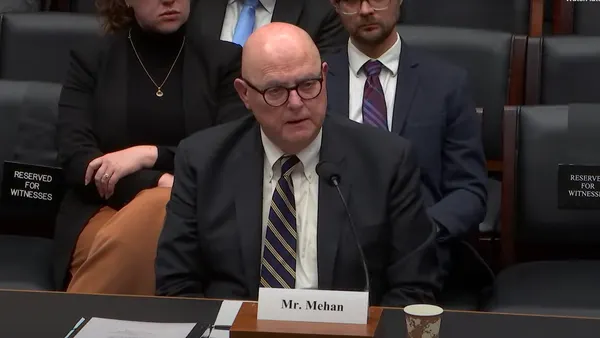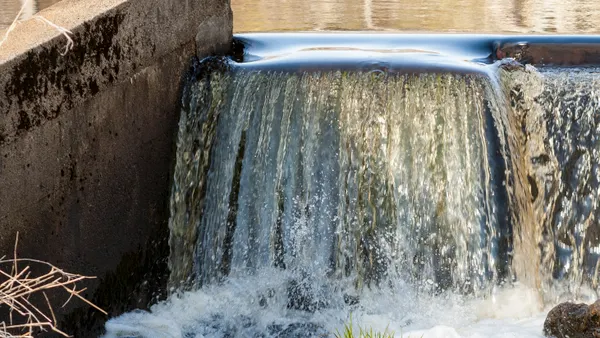Dive Brief:
- California has lost 37% of its redemption centers since 2013, leaving a total of 1,622 to date and an additional 3,114 participating retail locations. During a recent webinar hosted by the Container Recycling Institute (CRI), recycling officials from around the state saw some hope for reviving a program that has been described as in a "crisis."
- One issue is that the current formula for processing payments paid to these centers — by manufacturers and the state — has been affected by low market prices and generated a negative "reasonable financial return" in 2017 for the first time. The California Department of Resources Recycling and Recovery (CalRecycle) has proposed an emergency regulation to generate a higher financial return percentage that would take effect in 2018, with more money for rural centers.
- Gov. Jerry Brown also signed a bill into law last month, SB 458, that could provide relief in more densely populated "convenience zones" where retail locations are opting out of the requirement to offer redemption services or full-scale centers aren't practical. This law will create up to five pilot redemption programs, with CalRecycle's approval, by January 2020. Presenters from San Francisco's Department of the Environment said they planned to apply and are looking to states such as Oregon and Hawaii for examples.
Dive Insight:
California's redemption center situation has declined over the years with no clear fix in sight. The state legislature has yet to act on updating the complex formula for processing payments and other technicalities, leading to hundreds of closures that have left rural areas particularly underserved. More densely populated areas are also experiencing challenges, with real estate at a premium in many cities and residents less interested in having recycling operations on their block. CRI was also watching a recent legislative effort, which proved unsuccessful, to weaken requirements in the convenience zone system for these more populated areas. The upcoming expiration of the Plastic Market Development Program, which supplied funding to local processors, is an additional concern in light of ongoing Chinese import restrictions.
As discussed during the webinar by recycling professionals from both San Francisco and rural Del Norte County, this system is reducing redemption options for residents throughout the state. The fact that California's 5-cent container deposit has lost some of its luster due to inflation was also mentioned as a factor. Neighboring Oregon recently raised its deposit to 10 cents. Even with all of these headwinds, California still has a redemption rate of nearly 80% and is responsible for one-fifth of all U.S. container recycling. Yet CRI and others see the opportunity to do better with a system that is more financially sustainable for recyclers and convenient for residents.
The pilot program created by SB 458 will provide a chance for more creative solutions that could eventually be scaled throughout the state. Some of the ideas discussed included self-serve redemption sites in shopping centers, drop-off programs or even a retrofitted beverage truck with reverse vending machines inside that could travel around neighborhoods. CRI President Susan Collins was also inspired by the growing interest in deposit laws in the U.K., including tacit support from Coca-Cola, and the prevalence of these systems around the world. She noted that 15 new deposit laws have been passed in states or countries since 2005. The concept still has plenty of skeptics in the U.S., and efforts have been made to reverse deposit laws in other states, but California isn't ready to give up any time soon.









